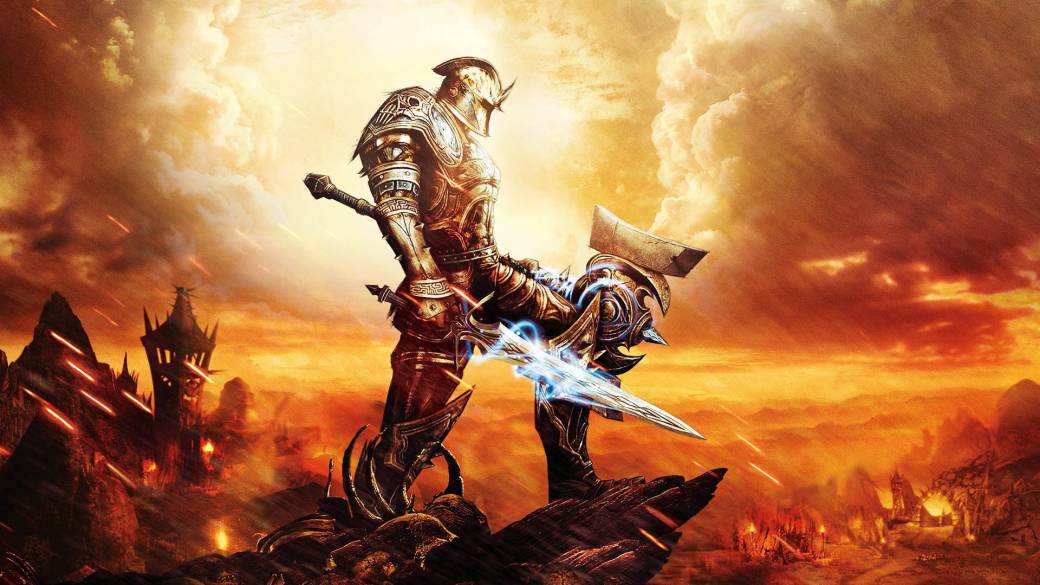
We remember the good and not so much of Kingdoms of Amalur: Reckoning, the first and only game from a studio that would go bankrupt in the year of its release.
There are times when a video game passes without penalty or glory for reasons completely external to it, or at least to its quality, and that is the case of Kingdoms of Amalur: Reckoning, whose remaster has been announced this week by THQ Nordic, which has dozens of games in development. Probably his biggest sin was going out to the market the same year as a titan of the role-playing genre such as The Elder Scrolls V: Skyrim, before which practically any other game would have been equally eclipsed, but we should not therefore ignore the virtues of our protagonist title, which are many. Luckily, remastering not only serves to encourage you to pay twice for the same game, but also to discover one that would go unnoticed at the time, and this is one that is definitely worth discovering.
Illustrious names in charge
If we take a look at the Kingdoms of Amalur credits we will not fail to see popular and prestigious names from various fields. His extensive lore comes from the hand of none other than Robert A. Salvatore, a writer of fantastic literature with several books published in the Forgotten Realms saga, from the Dungeons & Dragons universe, and creator of one of his most popular characters, Drizzt Do’Urden . In addition, he is the author of the first of nineteen novels of which the Star Wars: The New Jedi Order saga consists. He creates the story of the Fateless, the protagonist of the game who at the beginning of the game is dead, but relives thanks to a gnome experiment known as the Well of Souls, and from there, it did not take many hours to realize that the work This author has been arduous, since the game universe is full of characters and places that give it a very own and recognizable identity.
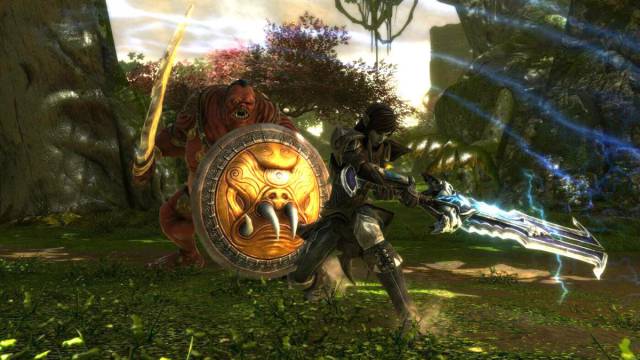
In charge of the artistic section is neither more nor less than Todd McFarlane, artist with a vast career in the world of comics, both in DC and Marvel, but who rose worldwide to fame for being the original creator of Spawn. Not content with that, he founded his own company, dedicated to both the production of action figures and audiovisual production, being responsible for video clips such as Pearl Jam’s Do the Evolution or Korn’s Freak on a Leash. Composing the Kingdoms of Amalur soundtrack is Grant Kirkhope, a Scotsman with experience in the golden years of Rare (Goldeneye 007, Perfect Dark) and in other more recent games like A Hat in Time or Mario + Rabbids: Kingdom Battle.
And finally, as chief designer, Ken Rolston, who will fill this same role in great games such as the third and fourth installments of The Elder Scrolls, Morrowind and Oblivion. Bottom line, with so much heavy weight behind, it’s hard to think about what could go wrong, and sure enough, it wasn’t much, but Kingdoms of Amalur was far from a perfect game, though most of its downsides had more to do with the evils inherent – at least then – to the RPG genre.
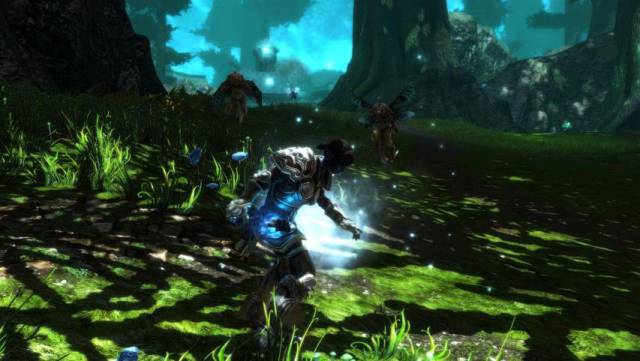
Light and shadow of a conservative RPG
At the time of playing, Kingdoms of Amalur: Reckoning did not intend to invent anything, although if we had to highlight just one thing, we would have to mention its combat system, closer even to hack & slash, although with a stealth really well implemented, although perhaps too effective due to limited enemy AI. This was only the first option if we chose a specialized character in it, obviously, but in case of going into battle, the variety of styles and blows made this game turn into almost an action title, with spectacular shots and a Mode Savage in which we entered by filling a Sino bar. Thanks to this combat system we achieved a sensation similar to that transmitted by From Software’s work – saving distances from time to time to its difficulty – insofar as the level of our character or team does not matter, but what matters it is our ability in command, and in this way, we can account for really powerful enemies being well below their a priori level.
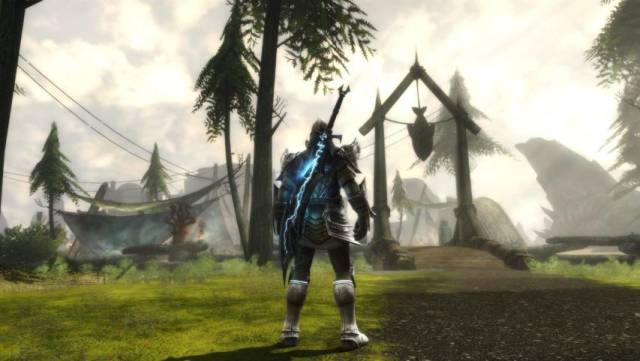
The possibilities when creating and personalizing our character are also noteworthy, since after choosing their race between Almain, Varani, Ljosalfar and Dokkalfar – the first two are human in appearance, the last two are more elven – we define their physique with not too many options. However, during the adventure we would enjoy various characteristics to specialize it as much as we wanted based on three branches: Skills –in turn divided into three levels: Basic, Advanced and Master-, Capabilities and Destinations, these directly related to the plot.
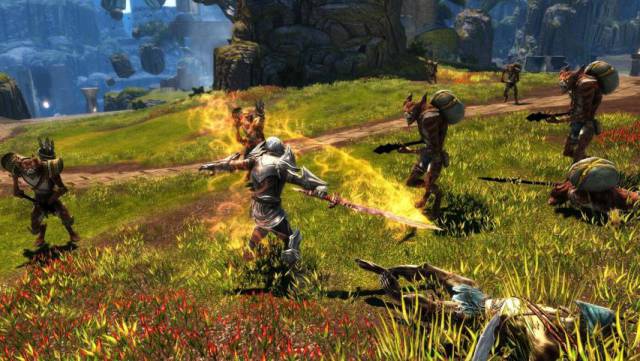
However, as we said, not all perfection, and Kingdoms of Amalur: Reckoning suffered from certain defects that distanced it from the excellence to which a possible sequel could be expected to arrive, which as we have seen, would never be released, even if it were that the intention. Mainly, and with a lot of focus on the action, the exploration went to the very background, and despite being an open world, it was not especially large, nor did it encourage getting lost in it since the reward was very low.
To make matters worse, the secondary missions did not have any type of narrative incentive that was worthwhile, although this is something that we probably have to forgive because, as we mentioned before, this was an endemic evil of the genre in the first decade of the 2000s, or practically until The Witcher 3: Wild Hunt arrived. In other words, these side quests were nothing more than typical messenger activities that, on an argument level, contribute absolutely nothing.
Finally, and that is to be expected to be corrected in this future remastering, visually the game was not at a great level, although it is only attributable to the bisoñez of the members of the studio, since we are talking about a team, 38 Studios , which had only been in existence for six years when the game was launched on the market. Curiously, that same year it would go bankrupt, so the future of this IP could not look worse … until THQ Nordic took it over, in addition to another project they were working on, Project Copernicus.
We will see the result of Kingdoms of Amalur: Re-Reckoning, by a novel study like the Germans of Kaiko, but it could certainly be a touchstone for a franchise that was aiming very high and ended up falling out of favor due to circumstances beyond the control of the same. We’ll find out this summer on PS4, Xbox One, and PC.
